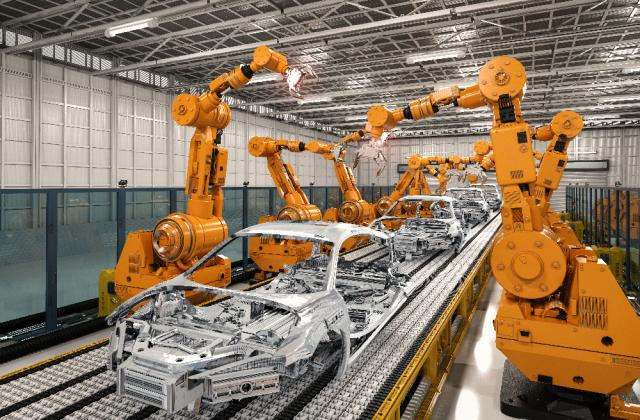Automotive systems and mechatronics
October 21, 2019In 1913 Henry Ford installed the first moving assembly line to be used for the mass production of an entire automobile. His innovation changed the time it took to assemble a car from 12 hours to two and a half hours.
Today’s cars are vastly different from those produced by Ford, but his fundamental idea of streamlining processes and improving efficiency continues on to this day in the form of mechatronics used within automotive systems.
Chassis, Drive Train, and Safety Systems
At the core of all modern cars are electronic control systems. Within the chassis, systems utilizing mechatronics include anti-lock brakes, electronic stability programs, suspension, and steering.
For the drive train, injection systems are driven by software in engine controllers and throttles are powered by electric actuators.
Mechatronic systems are also responsible for active role stabilization, which helps taller and larger cars, like trucks and SUVs remain upright while going around corners, helping to prevent accidents.
Automatic headlights improve safety by turning on and off as lighting and weather conditions change. Other safety features available thanks to mechatronics include blind spot detectors, SONAR that raises or lowers the vehicle speed based on other cars’ positions, and back-up cameras. Some vehicles even include sensing windshield wipers where the speed is determined by the volume of rain.
Comfort and Fun
While mechatronic technology has improved the overall efficiency and ease of operating cars through changes to physical systems, they have also made spending time in the car a more enjoyable experience.
Many modern cars have climate control systems, some independently operated by each passenger in the vehicle.
Touch screens that integrate traditional radio, satellite radio, GPS, WiFi, and Bluetooth technologies turn vehicles into mini computers.
Self-Driving Vehicles
Autonomous vehicles, also known as self-driving cars, seemed a futuristic impossibility for many years. Mechatronics has allowed fantasy to become reality. Google has had self-driving cars on the roads since 2009. While the majority of self-driving cars involve some level of human monitoring, in 2017 Audi introduced an A8 model that offers a fully driverless mode at speeds up to 60km/h on certain roads.
Henry Ford may have pioneered the assembly line, changing the automotive industry forever, but the field of mechatronics has taken the automotive industry to even greater heights.
Want to learn more about Mechatronics? Capitol offers bachelor’s programs in both Mechatronics Engineering and Mechatronics and Robotics Engineering Technology. Contact admissions@captechu.edu to learn more.



